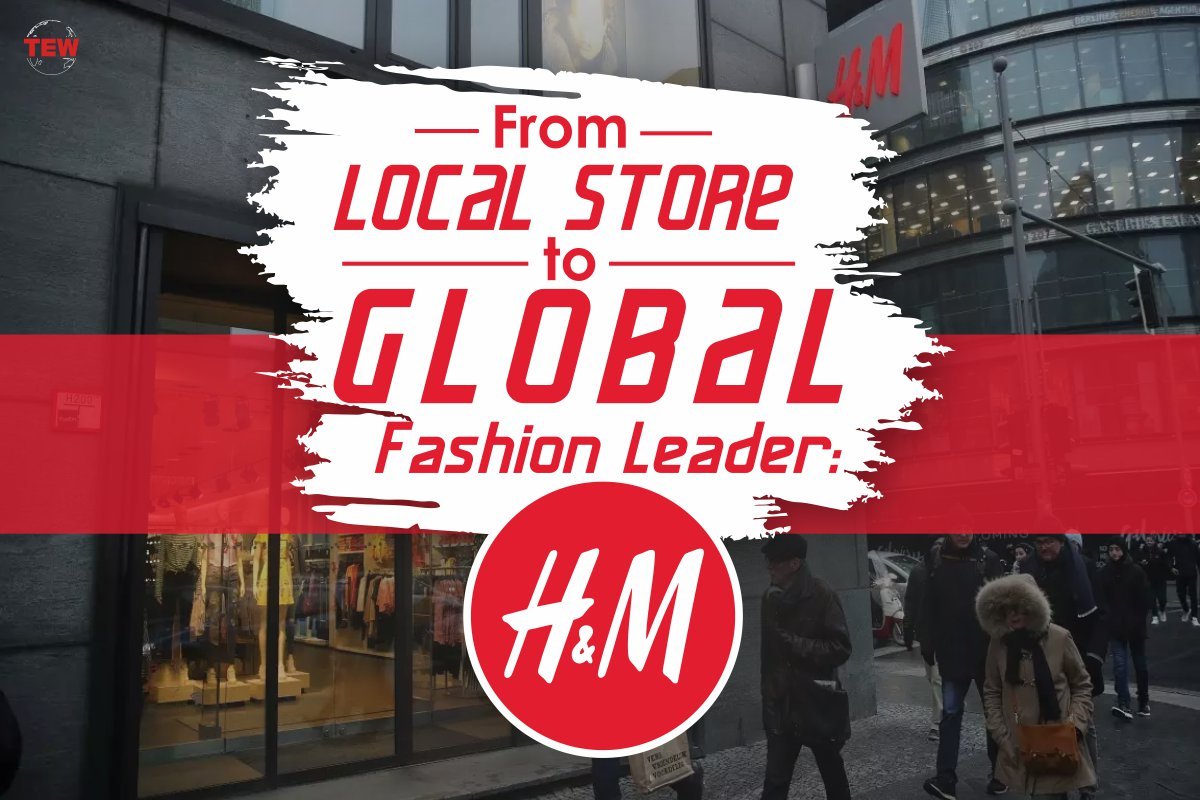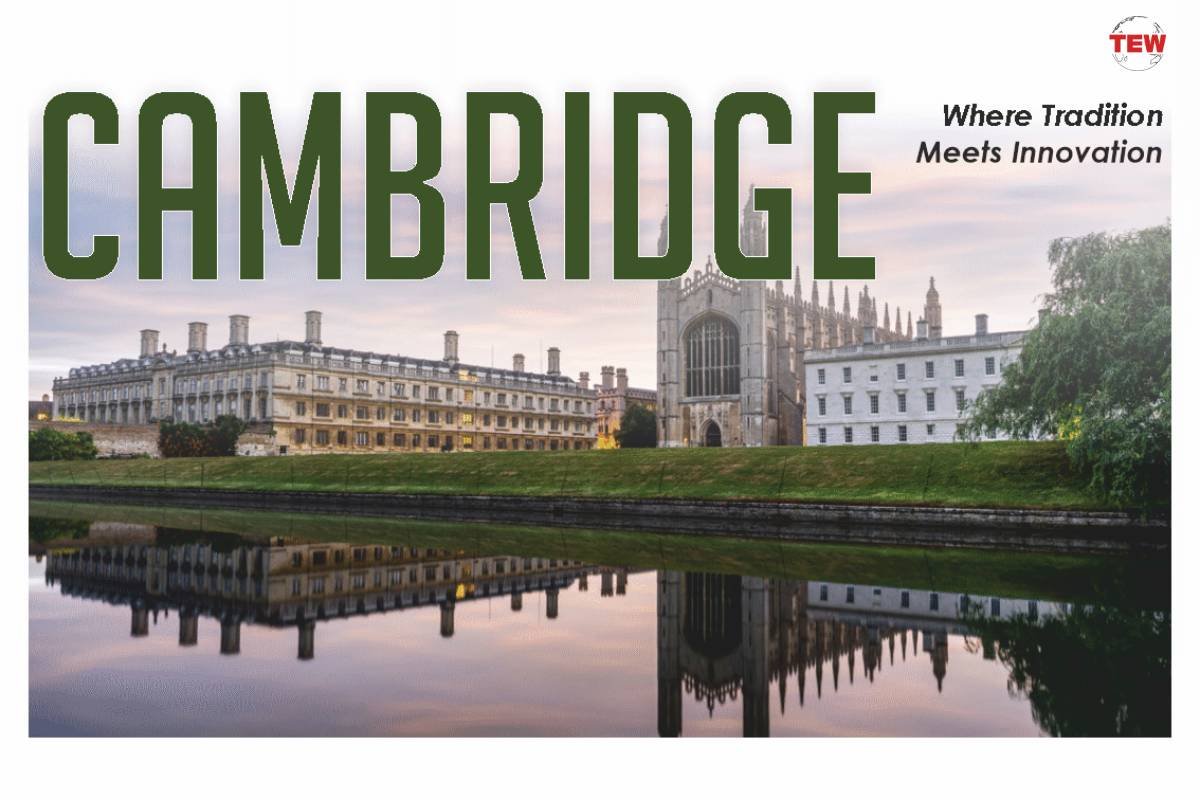Once upon a time, Lenovo held its meetings in a guard shack in China. Now, a multinational tech brand, a thing like that is hard to comprehend, but it’s true. Liu Chuanzhi and his ten engineers founded the company in Beijing, China, in 1984 with just $25,000. With an initial focus on television, the brand is the largest PC maker in the world today. That’s not it, its products such as laptops, tablets, smartphones, and more are known for their reliable nature.
The global brand recognition achieved by the company wasn’t a fluke. The fascinating journey that led to this point was nuanced and filled with special anecdotes. And we are going to take you through this journey with the help of this case study.
Key Moments from Lenovo’s History
Timeline
1984:
Lenovo was officially founded. On the same day, it got the Chinese government’s approval.
1985:
The organizational structure was established just after the Chinese New Year. In the same year, the company started manufacturing its personal computers under the brand name ThinkPad.
1994:
It was known as Legend at the time. This year, the company became publicly traded after a $30m million USD Hong Kong IPO. Many analysts had positive thoughts on the company before the IPO. On the first trading day, the company stock price hit a high of HK $2.07 and closed in on HK $2.00.
The company used the earnings from this offering to finance its sales offices in Europe, North America, and Australia to expand its presence and make its production and development better. In addition, the offerings were also used to increase the company’s working capital.
1996:
For the first time, the company became the market share leader in China. Becoming a market leader in the same year, the company started selling its own laptops.
2000:
A Lenovo computer, Tianxi, was released in 1998. It was designed to make computer access easy for inexperienced Chinese consumers along with access to the internet. The internet access feature was enhanced by a button that instantly connected users to the internet by opening the web browser.
The Tianxi was co-branded with China Telecom and came with one year of Internet service. The Tianxi came to life after an intensive 2 years of research and development. Its visuals were pastel-colored, it had a shell-shaped case and a seven-port USB hub under its screen. It was the best-selling computer in China’s history with more than 1,000,000 units in this year alone.
In 2000, the company also introduced its ThinkPad line-up of laptops.
2005:
Lenovo acquires IBM’s PC division, which also includes ThinkPad. This was a move that helped them establish itself as a major player in the global PC market and helped the company expand its reach outside of China.
2006:
Lenovo relocates its headquarters from Beijing to New York. After a restructuring that followed its IBM purchase, the company was the third largest manufacturer next to Dell and Hewlett-Packard.
In March 2006, the company announced its plans to shift its headquarters to Raleigh. The company was also cutting jobs of 5% of its employees, which is around 21,000 people.
This year, it sponsored the 2006 Olympic Winter Games held in Italy’s Torino, with 5,000 desktop PCs, 350 servers, and 1000 notebook computers supplied.
Launched the first Lenovo-branded PCs worldwide.
2009:
The company sold its smartphone and tablet division in 2008 for $100 million USD to focus on personal computers and later paid $200 million USD to buy it back in November 2009.
The mobile division was already ranked 3rd in unit share in China.
The company invests CN¥ 100 million in seed funding dedicated to mobile application development for its LeGarden online app store.
2010:
The company introduces its first smartphone, LePhone.
As of this year, LeGarden had over 1,000 available programs for the LePhone. Similarly, LeGarden had 2,774 individual developers and 542 developer companies as members.
2011:
The company joins hands with Japanese electronics firm NEC to produce personal computers. The companies agreed to establish a new company called Lenovo NEC Holdings to be registered in the Netherlands, said a statement.
NEC gets $175 million USD in Lenovo’s stock. It was planned that Lenovo’s stock would be a 51% stake in the venture, and NEC would have 49%, with the former having a five-year option to extend its stake.
2012:
The company announces an investment of $793 million USD in the construction of a mobile phone manufacturing and R&D facility in Wuhan, Hubei. In the same year, the company became the largest smartphone vendor in mainland China.
2013:
The brand becomes the number one PC Company and ranks 329 in the Fortune 500 list of the world’s largest companies. Later, the company acquires CCE, one of the top consumer electronic companies in Brazil.
Furthermore, it was now the world’s #3 smartphone company.
2014:
The company purchases mobile technology-related patents from NEC in April 2014. Later, the company purchases IBM’s line-up of x86-based servers along with IBM System x and IBM BladeCenter.
2015:
Lenovo reveals its new logo in Beijing with a slogan- Innovation Never Stands Still. In the same year, the company sells its 100 millionth ThinkPad and also became the number 1 PC maker globally.
2016:
The company partners up with Fujitsu, and the Development Bank of Japan (DBJ) to form a joint venture, where Fujitsu sold 51% of its stake to Lenovo and DBJ acquired a 5% stake.
2018:
Lenovo and NetApp partner up and announce a strategic partnership and joint venture in China. As a part of the deal, the company starts two new storage system lines, DM-Series, and DE-Series with a combination of their hardware and NetApp software. In the same year, it became the largest provider of the TOP500 supercomputers globally.
2020:
The company became a preferred data center innovation provider for DreamWorks Animation beginning with Trolls World Tour.
2021:
The company files an application to issue Chinese depository receipts, representing recently issued ordinary shares, to then list them on Shanghai Stick Exchange’s Science and Technology Innovation Board.
On the same day of getting accepted by the Shanghai Stock Exchange, the company withdrew its application to list on the exchange with the reason of the possibility of the validity of financial information in its prospectus lapsing.
2022:
The brand continues to improve its profitability along with its revenue figures.
Top Competitor of Lenovo: HP
Hewlett Packard, HP, is one of the toughest competitors of Lenovo. HP is headquartered in the USA, California, and specializes in software and hardware components, printers, PCs, and IT consultation services.
Lenovo vs. HP has always been a fascinating rivalry in the tech, and the world of computers, due to the immense capabilities of both companies. One might ask, which one is better Lenovo or HP? While the answer to that question is subjective, both brands offer a set of services that cater to consumer needs with their range of products.
Lenovo Laptop Controversy-Superfish

(Source – unplash)
Like most brands, Lenovo also had its fair share of controversies, with Superfish catching the most attention and backlash. What was the Superfish controversy? Let us explain.
The company installed a third-party adware program, called Superfish on its laptops between September 2014 and February 2015. The program’s aim was to display targeted ads based on users’ browsing activities.
Superfish used a technique called SSL hijacking, which intercepted secure HTTPS connections which potentially exposed sensitive user data, increasing the risk of a cyber-attack. Furthermore, the self-signed root certificate of Superfish enabled the program to issue unauthorized certificates for any website, making users a soft target for attacks.
Once the phenomenon of Superfish caught the public attention, it understandably caused a huge controversy. Customers and privacy advocates around the world raised questions over the problematic nature of the program that put sensitive user data at risk.
The company faced legal action for Superfish, with class-action lawsuits, over allegations of deceptive practices and violation of user privacy. Further development was made by the security researchers to remove the adware from the concerned systems.
As a response to the controversy, Lenovo issued an apology and acknowledged Superfish’s security risk. To remedy things, the company released a tool that would remove the adware and instructed users on how to uninstall Superfish. Additionally, the company made efforts to make its software and products more secure.
Lenovo Best Ads
1. For Those Who Do

(Source – behance)
The campaign, on the theme of “For Those Who Do” was published in November 2011. The ads delivered the message perfectly with the variety of photos and videos.
2. Different is Better

(source – behance)
The ad campaign highlighted Lenovo’s designs and innovation. It shed light on the uniqueness of their products compared to their competitors.
3. Claim Your Voice

(source – adsoftheworld)
The campaign showcases female gamers’ negative real-life experiences and the gaming community’s biases toward them. It highlights how women change their voices or hide their gender to avoid harassment and other negative experiences. Additionally, the campaign underlines the need to create a safe and thriving environment for women in gaming.
Conclusion
Lenovo is known for its innovative products at relatively economical prices that are worth relying on. The brand is continuously empowering people all over the world with its diverse products, leading everyone toward a better future with its smart technology that is also sustainable in the long term.





